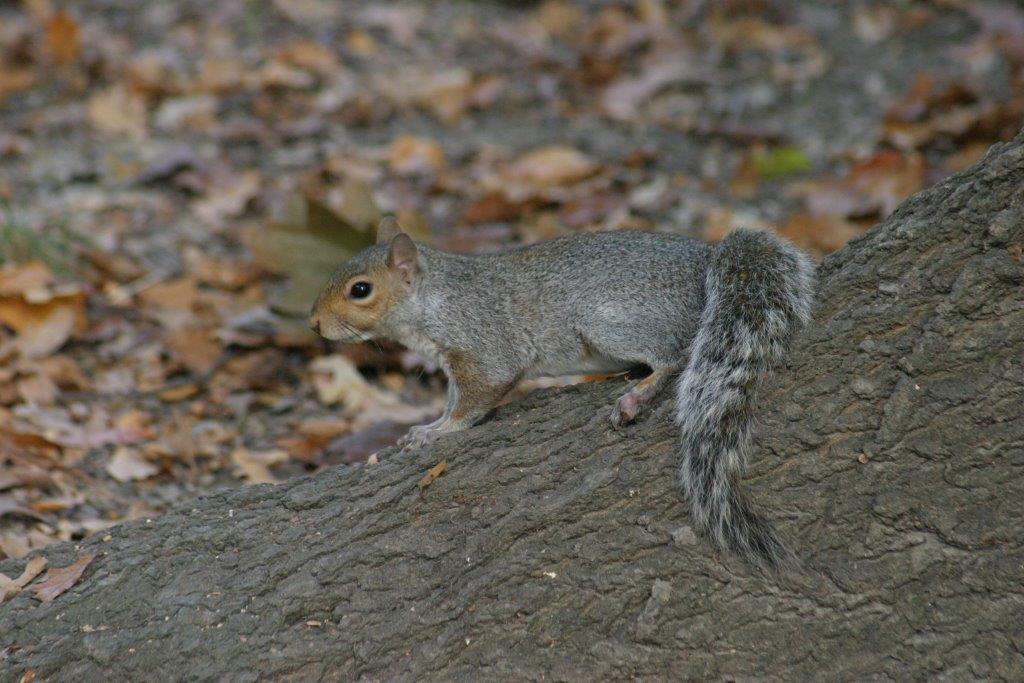
Among the main causes of biodiversity loss, there are the so-called “alien species” in particular the “invasive alien species”. These are species of animals and plants originating in other geographical regions (voluntarily or accidentally introduced throughout the country), that have developed the ability to establish and maintain viable populations in the wild, so successfully as to represent a real threat.
These species, in addition to entering into direct competition with some of indigenous species, can alter the state of habitats and natural ecosystems, and in some instances can cause significant economic damages to productive activities such as agriculture and the use of forestry and pastoral resources.
There are several laws to prevent and combat the spread of these species:
- In Italy, the law 11 February 1992, n. 157 entitled “Standard for the protection and for hunting of warm-blooded wild fauna” includes in article r 2, paragraph 2, the requirement for the eradication of non-native species, with the exception of those contained in the List of non-native species excluded from the provisions of art. 2, paragraph 2, of the law 11 February 1992 n. 157.
- In Lombardy, the L.R. 31 March 2008 n. 10 “Provisions for the protection and conservation of small fauna, of flora and natural vegetation” contains a blacklist of alien species subject to eradication, containment and monitoring.
- From January 1, 2015 it is in force in the European Union the Regulation (EU) No. 1143/2014 on measures to prevent and manage the introduction and spread of invasive alien species. A list of 37 plant species and exotic animals of Union relevance has been published in the EU Official Journal of 14 July 2016; The list will be gradually updated .
Several projects in Lombardy, including LIFE projects, have addressed the management of individual invasive species, such as the LIFE TIB project, the EC SQUARE project and the CRAINAT project.
The GESTIRE 2020 project will finalize all the initiatives and projects addressing the issue of invasive species, to define a unified framework of the priority actions of prevention, dissemination and contrast to the spread of invasive species that takes into account:
- inclusion of invasive species in a blacklists
- the level of criticality of the impact of invasive species on Natura 2000 species and habitats
- the risk of further environmental dissemination;
- the technical and economic viability of operations;
- the social acceptance levels of interventions.
The first phase (Action A7) provides for:
- the definition of 5 containment protocols for species or groups of plant species in the 5 pilot critical areas;
- the continuation of the fight to the spread of the American gray squirrel, which started in EC project SQUARE;
- the continuation of the interventions for the control of alien crayfish (Action A15) started with CRAINAT project;
- interventions for the protection of the turtle Emys orbicularis threatened by the presence of specimens of non-native turtle Trachemys.
The developed strategy will then find concrete application (Action C5) through the implementation of containment plans developed in the planning phase and the “black lists” update.
All activities will be publicized (E11 action) both to representatives of productive and commercial activities (that may be a vehicle for entry of alien species) as the general public, to explain clearly the real extent of the problem. The information will be made available within this project and on the Lombardy Region website and in meetings with local management bodies, public associations and local authorities to encourage participation, especially in areas where the problems associated with the invasive species are greater. The specific communication actions relative to the non-native flora will be supported by the regional network of botanical gardens together with a code of conduct for nurserymen, gardeners, and park technicians.
Website of the Ministry of Environment on invasive species
Website of the European Commission on invasive species
European Alien Species Information Network
